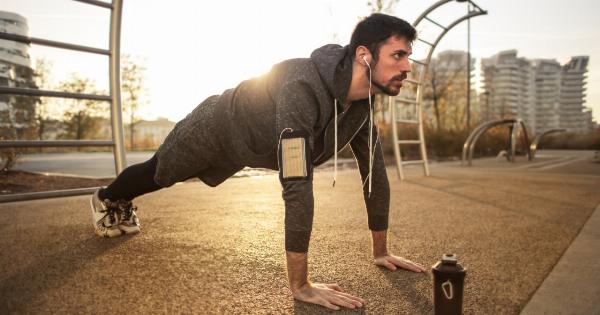Walking to school is a great way for children to get exercise and fresh air. It helps them to develop independence and responsibility, as well as providing them with an opportunity to socialize with their peers.
If you’ve been considering letting your child walk to school, this year is the perfect time to start. Here’s why.
It’s Good for Their Health
Walking is a great form of exercise, and children who walk to school regularly are more likely to be fit and healthy.
This is important because childhood obesity rates are on the rise, and being overweight or obese can lead to a range of health problems later in life, from diabetes to heart disease.
Walking to school can also help children to establish healthy habits that will stay with them for life. When children learn to value exercise and physical activity, they are more likely to continue to prioritize these things as they grow older.
It Teaches Responsibility
Walking to school requires a certain level of responsibility. Children who walk to school need to learn how to navigate their environment safely, how to follow pedestrian rules, and how to be aware of their surroundings at all times.
They also need to learn punctuality, as being late for school can result in being late for class or missing important lessons and activities altogether.
By allowing your child to walk to school, you’re placing a certain level of trust in them to be responsible and make good decisions. This can help to build their confidence and self-esteem, as well as preparing them for future challenges.
It’s Good for the Environment
Walking to school is good for the environment as well as your child’s health. Vehicle emissions are a major contributor to air pollution, which can lead to a range of respiratory and cardiovascular problems for both children and adults.
By reducing the number of cars on the road, you’re helping to improve air quality, which benefits everyone.
It Encourages Socialization
When children walk to school, they have the opportunity to chat and socialize with their friends along the way. This can help to strengthen friendships and build a sense of community.
Walking to school can also help children to become more familiar with their neighborhood and build relationships with the people in their community.
It Can Help with Concentration
Studies have shown that exercise can help improve concentration and cognitive function. When children walk to school, they arrive at school more alert and ready to learn.
This can help them to perform better in class and get the most out of their education.
It Saves Time and Money
If you’re used to driving your child to school, you’ll know that it can be a time-consuming and expensive process. Walking to school can save you time and money, as you won’t have to worry about traffic, parking, or fuel costs.
You’ll also be getting exercise and fresh air yourself if you walk with your child, which is an added bonus!.
It Builds Independence
Walking to school is a step towards independence for children. It gives them a chance to develop their sense of direction, learn how to ask for help if needed, and develop self-sufficiency.
This can help them to become more confident and resilient, which will serve them well throughout their lives.
It’s Fun!
Finally, walking to school is just plain fun! Children love to be out in the fresh air, exploring their environment, and spending time with their friends.
Walking to school can be a great adventure for children, and it’s an experience that they’ll cherish and remember for years to come.
Conclusion
There are countless reasons why you should consider letting your child walk to school this year. From its health benefits to its positive impact on the environment, walking to school is a decision that can benefit the whole family.
If you’re unsure about whether walking to school is right for your child, try starting small by walking part of the way and gradually increasing the distance over time. With a little planning and preparation, you can help your child develop lifelong habits that will benefit them for years to come.




























